Facts, Impacts, and Successes
Seattle Promise has changed the college landscape for graduates of Seattle high schools, creating new opportunities and possibilities for students from all across the city as they set out on their higher education journeys. The Promise program creates true open access to college through a holistic design that includes tuition assistance, need-based funding for college costs beyond tuition, and individual student support from high school through the first two years of college.
Watch the video below featuring alumni of Seattle Promise sharing their experiences in their own words.
Scroll down to learn more about the Seattle Promise Program, the students we serve, and the good that this program has already accomplished since 2018. You can also read our fact sheet and case study to learn more about the impact Promise is making in our community.
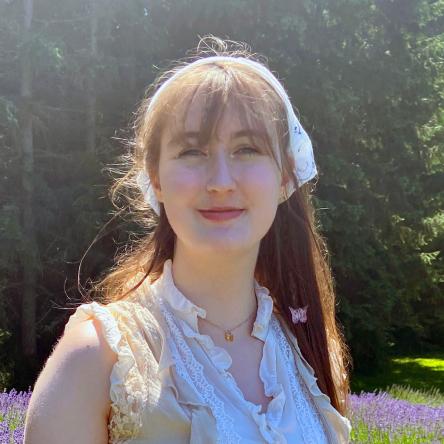
Seattle Promise has undeniably been a major step toward my future. The traditional path has never quite been a part of my personal journey, and it is through this extraordinary opportunity that I have been able to pave my own path towards success.
— Shannon Sheridan, Seattle Central College
Student Profile
Seattle Promise is serving a substantial representation of low-income and historically underserved students.
Seattle Promise is available for all Seattle high school graduates from across the city and, as one of its chief priorities, has improved access for underserved communities. The program has expanded access to higher education, particularly for students from low-income families, students of color, and first-generation college students.
With sixty-eight percent students of color, Promise scholars continue to be more diverse than the high schools from which they graduated. First-generation college students account for nearly half of the class, and forty-seven percent of students receive the income-based Promise Equity Scholarship.
Enrolled Fall
The following comparison tables show the enrollment growth of the program.
| Enrolled Fall 2024 | Enrolled Fall 2025 |
|---|---|
| Approx. 1,590 | Approx. 1,710 |
| Median Age: 19 | Median Age: 19 |
| BIPOC: 68% | BIPOC: 69% |
| First-Generation College Student: 49% | First-Generation College Student: 47% |
| Received Seattle Promise Equity Scholarship: 44% | Received Seattle Promise Equity Scholarship: 48% |
| Enrolled Fall 2023 | Enrolled Fall 2024 |
|---|---|
| Approx. 1,460 | Approx. 1,590 |
| Median Age: 19 | Median Age: 19 |
| BIPOC: 68% | BIPOC: 68% |
| First-Generation College Student: 33% | First-Generation College Student: 49%* |
| Annual Family Income: <25K: 21% 25-75K: 33% 75-125L: 21% >$125K: 25% | Received Seattle Promise Equity Scholarship: 44%** |
*Simplified application forms have improved reporting parents' education rather than an actual increase in the first-generation student population served.
**Due to changes in the 2024-25 Free Application for Federal Student Aid (FAFSA), income data is no longer accessible for reporting purposes.
| Enrolled Fall 2022 | Enrolled Fall 2023 |
|---|---|
| Approx. 1,250 | Approx. 1,460 |
| Median Age: 19 | Median Age: 19 |
| BIPOC: 72% | BIPOC: 68% |
| First-Generation College Student: 34% | First-Generation College Student: 33% |
| Annual Family Income: <25K: 24% 25-75K: 35% 75-125L: 19% >$125K: 22% | Annual Family Income: <25K: 21% 25-75K: 33% 75-125L: 21% >$125K: 25% |
| Enrolled Fall 2020 | Enrolled Fall 2021 |
|---|---|
| Approx. 845 | Approx. 1,110 |
| Median Age: 19 | Median Age: 19 |
| BIPOC: 62% | BIPOC: 67% |
| First-Generation College Student: 37% | First-Generation College Student: 33% |
| Annual Family Income: <25K: 25% 25-75K: 34% 75-125L: 28% >$125K: 21% | Annual Family Income: <25K: 21% 25-75K: 39% 75-125L: 24% >$125K: 16% |
| Enrolled Fall 2018 | Enrolled Fall 2019 |
|---|---|
| Approx. 230 | Approx. 380 |
| Median Age: 19 | Median Age: 20 |
| BIPOC: 75% | BIPOC: 72% |
| First-Generation College Student: 46% | First-Generation College Student: 43% |
| Annual Family Income: <25K: 30% 25-75K: 38% 75-125L: 19% >$125K: 14% | Annual Family Income: <25K: 24% 25-75K: 42% 75-125L: 18% >$125K: 16% |
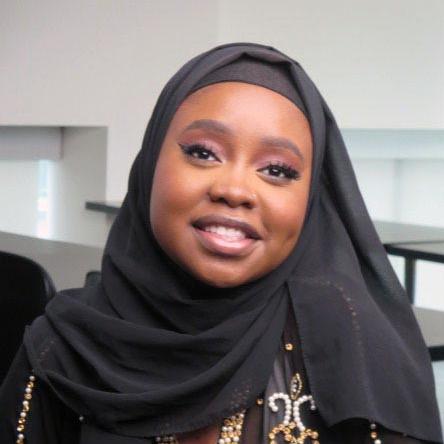
Seattle Promise is an amazing program. This is where it's at. You're not alone. Counselors are here to help you every step of the way.
— Michiwa Husseini, North Seattle College
Student Recruitment and Enrollment
Students are applying and enrolling in increasingly large numbers, surpassing projections.
Seattle Promise doesn’t begin on students’ first day of college – students receive support while still in high school from the Seattle Promise High School Support Team, who assist them with application and admission to college, as well as completing federal and state financial aid (FAFSA/WAFSA) applications.
New Promise scholars continue to work together with Promise staff upon high school graduation and attend two events – Readiness Academy and Summer Bridge – to register and prepare for Fall Quarter classes.
This end-to-end support has had a tangible effect on Promise application and enrollment figures. Starting with 600 applications in 2018, we have seen substantial growth, exceeding the Levy goal of 1,360 and reaching over 2,500 applications annually. Currently, over 70% of Seattle high school graduates apply to the program.1 Enrollment has also seen substantial growth, from approximately 200 students in 2018 to over 1,500 each fall, exceeding the Levy goal of 870.
This shows us just how valuable this program is to Seattle high school graduates. It also indicates that access to higher education continues to be a high priority for our city’s youth.2
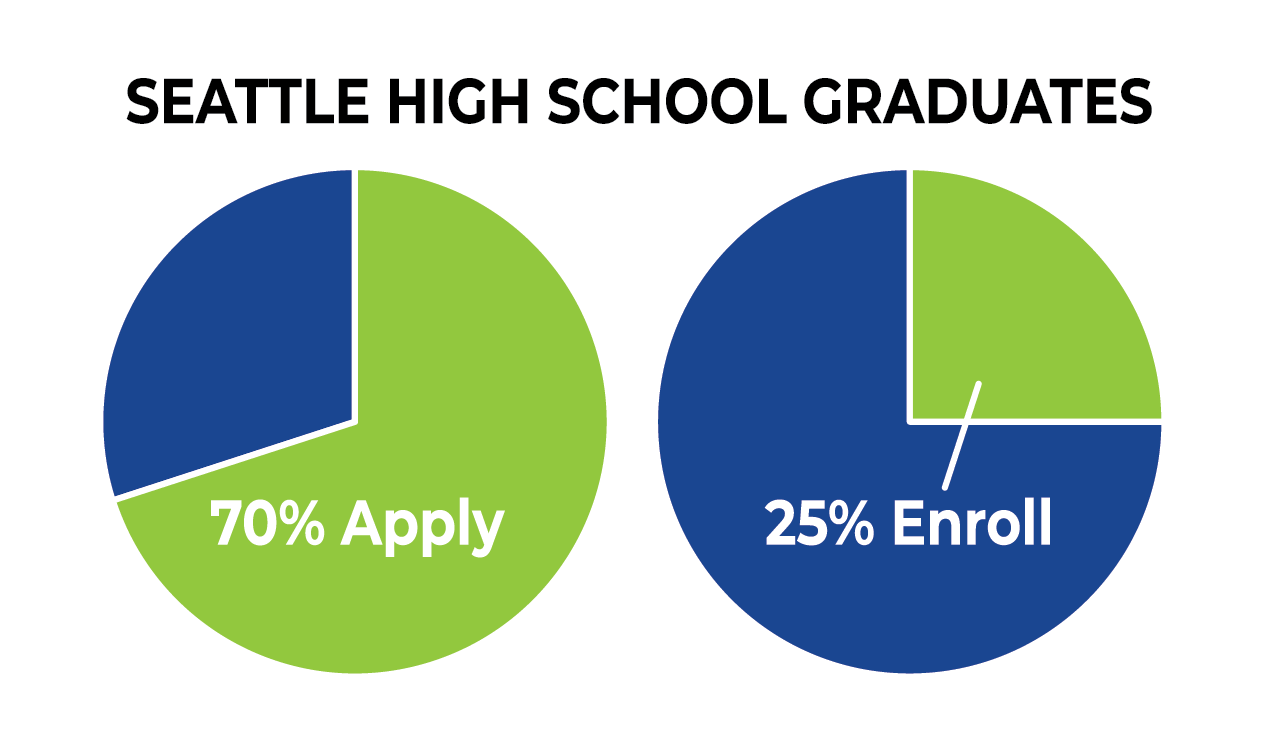
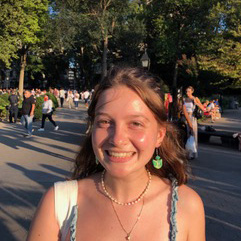
Seattle Promise has been incredible and has helped me to be on this trajectory of getting to study something I’m really interested in, without having to take on a lot of debt.
— Jessica Darlington, North Seattle College
Supporting Student Success: Retention and Completion
Seattle Promise students need more than just financial aid to succeed in college. Wrap-around supports are essential for helping students from all backgrounds navigate the challenges of college classes, persist toward graduation, and achieve their career dreams. These comprehensive advising services address students' diverse needs, creating a pathway to degree completion.
Retention levels for Seattle Promise students have historically been higher than the greater Seattle Colleges community. Eighty percent of Promise scholars continue from fall to winter quarter, and 75 percent continue from fall to spring quarter. This compares to a 71 percent fall to winter retention rate and a 60 percent retention rate from fall to spring for all Seattle Colleges’ students in the same period.
The Seattle Promise program demonstrates strong fall-to-fall retention rates, a key indicator for on-time completion. Through Cohort 2023, the overall fall-to-fall retention rate for the program is 57%, surpassing both the Seattle Colleges rate of 50%3 and the national average of 53% for degree-granting, 2-year public colleges.4
To date, more than 900 Promise students have graduated from the Seattle Colleges (Cohorts 2018-2023). The overall 3-year completion average for these cohorts is 33%, exceeding the Seattle Colleges rate of 25% and matching the national rate of 33%.5
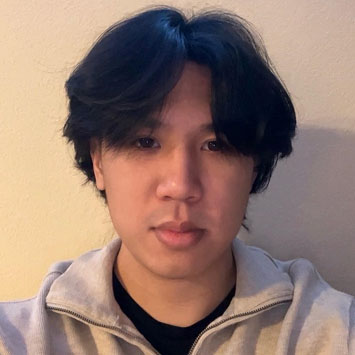
Seattle Promise makes the college process so easy. Whatever I need, they’ve really helped guide me.
— Anthony Pham, South Seattle College
Economic Impact
Seattle Promise is more than a scholarship program—it’s a smart, long-term investment in the future of Seattle. It helps young people build better lives, strengthens the economy, and delivers solid returns to taxpayers.
A recent economic impact study conducted by Lightcast underscores the mutually beneficial relationship between Seattle Colleges, its students, taxpayers, and the broader community. One of the reports focused on the economic impact of Seattle Promise. The robust economic impact and impressive returns on investment demonstrate the vital role the program plays as a cornerstone of shared prosperity and a contributor to the region’s success.
View the full executive summary and fact sheet on our Economic Impact of Seattle Colleges webpage.
Key Highlights
- Seattle Promise scholars are expected to earn a present value of $59.1 million more over their working lives thanks to their education. That’s a return of $12 for every $1 invested.
- Taxpayers will see $11.1 million in added tax revenues, including $5.9 million for the City of Seattle. An additional $2.5 million in public savings will come from reduced demand for services such as health care, housing assistance, and the justice system.
- The long-term impact of Seattle Promise extends beyond individual students and taxpayers. Based on the cohort of students served in FY 2022-23, the total community benefit of the Seattle Promise program is estimated at a present value of $181.8 million—$177.0 million in economic growth and $4.8 million in shared savings, including lower use of public services, improved community health, and increased civic participation. These benefits help strengthen the social and economic fabric of the region.
Updated December 16, 2025